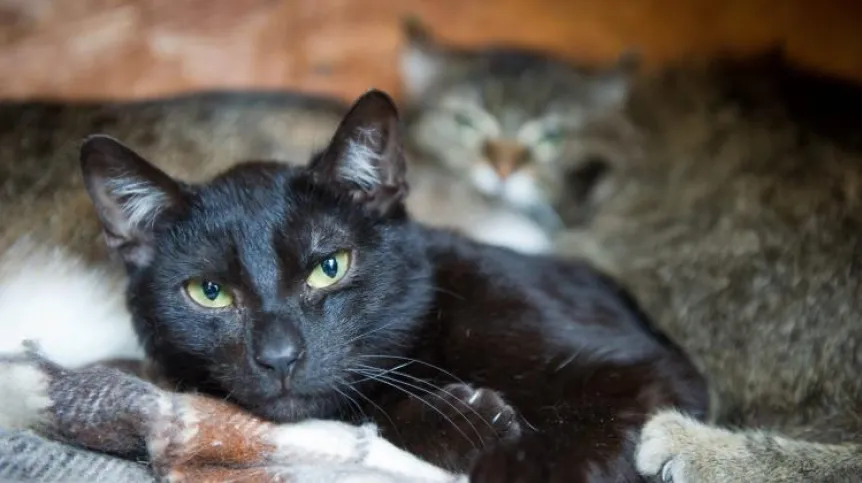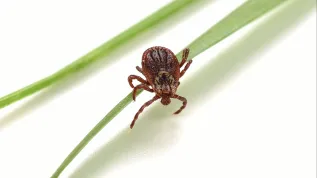
The spread of the coronavirus is slower in societies where more people suffer from toxoplasmosis, according to researchers.
However, they add that it is probably not toxoplasmosis that protects against the virus, but both diseases depend on the income level, hygiene and geographic location of a country.
Scientists from the University of Szczecin, the University of Life Sciences in Poznań and their colleagues from Hungary, France and China checked whether there was a connection between COVID-19 cases and toxoplasmosis spread, for example, by cats and caused by the protozoan Toxoplasma gondii.
Researchers say that many pathogens exist simultaneously on the same host populations. Therefore, the interactions between them can influence the emergence of various diseases.
Meanwhile, susceptibility to the coronavirus appears to vary greatly between different societies. But the factors behind this are poorly understood.
'This is one of the most interesting aspects of the disease: Why in some places, such as Czechia and Poland, it is mild, while in others, such as Italy, very severe. It would seem that richer countries with a higher level of hygiene should be less at risk, while the data show that the opposite is true', emphasizes Professor Piotr Tryjanowski from the University of Life Sciences in Poznań, one of the authors of the paper published in Scientific Reports.
Toxoplasmosis is less common in high hygiene and income countries. The disease can therefore be a good indicator of a society's hygiene levels. At the same time, the parasite that causes toxoplasmosis shows little antiviral activity.
So the matter is quite complicated.
An analysis of toxoplasmosis and coronavirus data from 86 countries showed that more cases of the parasitic disease coincided with a slower spread of COVID-19.
Does toxoplasmosis protect against the coronavirus? Not necessarily. In the further analysis, the researchers took into account the incomes of residents (gross domestic product per capita) of each country and its geographical location. This more accurate model did not confirm a direct relationship between toxoplasmosis and SARS-CoV-2 infections. Rather, the incidence of both diseases may depend on the income and geographic location of the country.
Lower income and poorer hygiene are conducive to toxoplasmosis infections. In turn, the richer society can more often participate in trips conducive to the expansion of the coronavirus.
On the other hand, the authors do not completely exclude the possibility that it is contact with Toxoplasma godnii that immunizes us. But it is more likely that lower hygiene and more frequent incidence of toxoplasmosis accompany infections with another, unknown pathogen that immunizes people.
These results are of great importance. Previous studies have shown a link between COVID-19 disease, vitamin D levels in humans, TB vaccination (BCG), and air pollution.
In the light of the results obtained by Polish researchers, it is possible that also in the case of these factors, the link between them and the incidence of COVID-19 is only apparent.
'We should be particularly sensitive to results based solely on correlation analyses. After all, correlation does not always show a cause-effect relationship, but sometimes it sets the directions for future experiments and more detailed research. I always prefer to be careful than say +get rich and get a cat – you'll be safe from COVID-19 and other diseases+. Unfortunately, it doesn't work like that', adds Professor Piotr Tryjanowski. (PAP)
Marek Matacz
mat/ agt/ kap/
tr. RL













